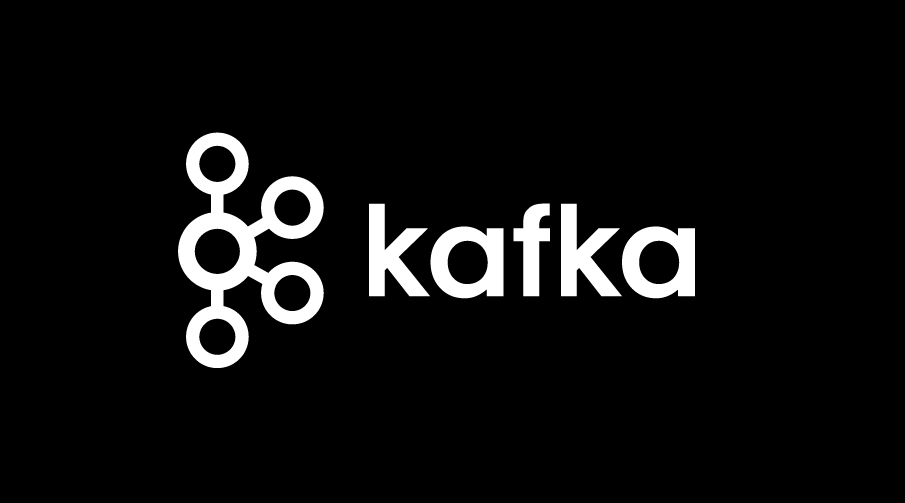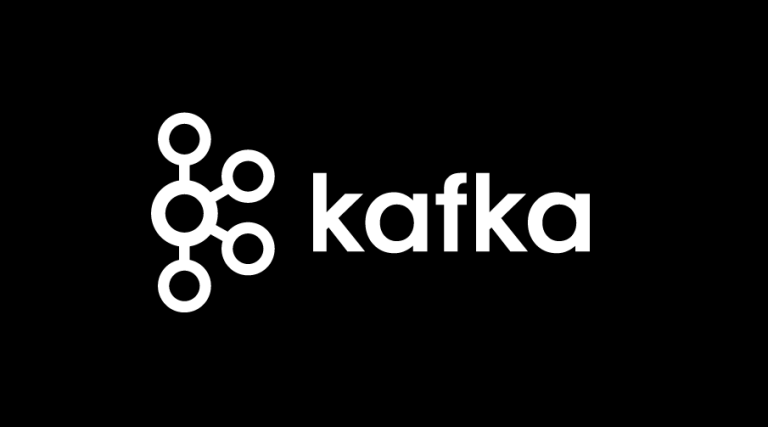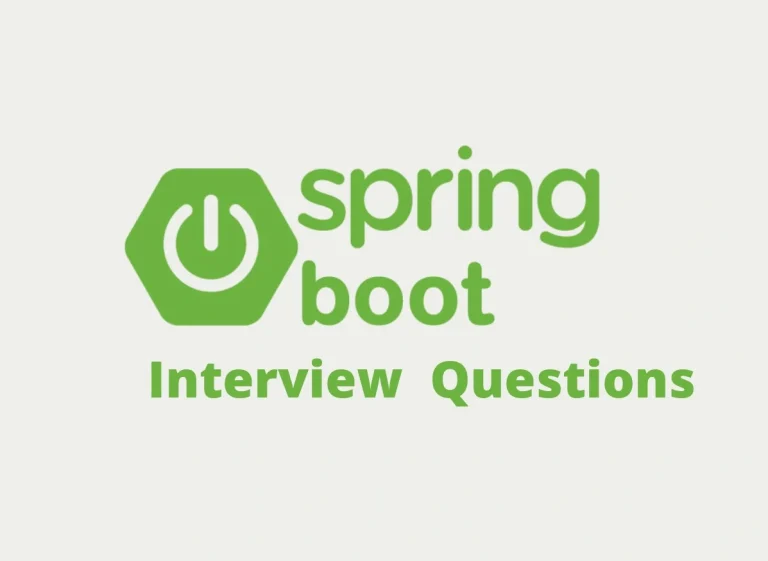Introduction to Zero Downtime Kafka Upgrades : Spring Example
Upgrading Kafka clusters while ensuring continuous availability and zero downtime is critical for maintaining production-grade systems. Kafka supports rolling upgrades to minimize disruptions, but proper planning, compatibility checks, and configurations are necessary to avoid pitfalls like data loss or excessive partition rebalancing. This article explores the key strategies for achieving zero-downtime upgrades in Kafka, including the implications of Zookeeper vs. KRaft metadata management.
Practical Spring Boot examples are provided to demonstrate application-level compatibility during Kafka upgrades.
Table of Contents
- Introduction to Zero Downtime Kafka Upgrades
- Rolling Broker Upgrades
- Version Compatibility
- Avoiding Data Loss and Rebalancing Issues
- Zookeeper vs KRaft Implications
- Spring Boot Kafka Upgrade Practices
- External Resources and Further Learning
- Final Thoughts
Introduction to Zero Downtime Kafka Upgrades
Why Zero Downtime Matters?
Modern businesses rely on Kafka for real-time data streaming across critical systems. Any downtime during upgrades can result in data loss, service interruptions, and business inefficiencies. Zero downtime upgrades ensure that:
- Producers and consumers stay connected during the upgrade.
- Existing data remains intact and available across topics.
- Rollbacks can be performed safely in case of issues.
Rolling Broker Upgrades
Rolling upgrades involve updating Kafka brokers one at a time to ensure continuous availability.
Key Steps for Rolling Upgrades
- Verify Cluster Health
- Ensure all brokers are online and healthy before proceeding.
- Use the
kafka-topics.shandkafka-consumer-groups.shcommands to confirm no consumer lag or partition imbalances.
- Broker-Up Specific Process
- Stop the broker that needs to be upgraded:
systemctl stop kafka - Upgrade Kafka binaries for the broker.
- Restart the broker:
systemctl start kafka
- Stop the broker that needs to be upgraded:
- Validate Broker Health Post-Upgrade
- Confirm the broker rejoins the cluster successfully.
- Check the broker’s logs and monitor tools like Prometheus or Confluent Control Center.
Spring Boot Example for Graceful Shutdown
During broker upgrades, producers and consumers should handle broker disconnections gracefully.
Spring Boot Consumer Graceful Shutdown Example:
@KafkaListener(topics = "example-topic", groupId = "example-group")
public void listen(String message) {
System.out.println("Processing message...");
}
@PreDestroy
public void onShutdown() {
System.out.println("Releasing consumer resources...");
}
Version Compatibility
Kafka Compatibility Policy
Kafka allows seamless upgrades between minor versions (e.g., 3.3.x to 3.4.x). However, some major version upgrades may involve breaking changes.
Key Compatibility Areas:
- Protocol Compatibility: Each Kafka version defines supported protocol versions for producers and consumers to communicate.
- API Changes: Some configuration properties may become deprecated or renamed (e.g., ZooKeeper-based configs transitioning to KRaft).
Steps to Ensure Compatibility
- Check Supported Versions
- Review Kafka’s compatibility matrix to ensure your version upgrade path is supported.
- Enable Inter Broker Protocol Compatibility (
inter.broker.protocol.version)- Upgrade brokers with backward compatibility:
inter.broker.protocol.version=3.3 log.message.format.version=3.3 - After all brokers are upgraded, bump the protocol version to the new target version.
- Upgrade brokers with backward compatibility:
- Producer and Consumer Compatibility
- Verify that client libraries used in Spring Boot applications are compatible with the new broker version.
Avoiding Data Loss and Rebalancing Issues
Upgrades can cause data loss or unnecessary rebalancing if not handled carefully.
Minimize Rebalancing
- Use Static Membership for Consumers
Prevent group membership churn by assigning fixed consumer IDs:spring.kafka.consumer.group-id=my-group spring.kafka.consumer.client-id=my-client - Pause Leadership Changes
Suspend partition leadership reassignments during upgrades:kafka-preferred-replica-election.sh --zookeeper localhost:2181
Prevent Data Loss
- Replication Factor
- Ensure all topics have a replication factor of
3or more to avoid data loss during broker upgrades.
- Ensure all topics have a replication factor of
- Sync All Messages
- Verify that in-sync replicas (ISR) for all partitions contain the latest messages:
kafka-replica-verification.sh --topic my-topic --zookeeper localhost:2181
- Verify that in-sync replicas (ISR) for all partitions contain the latest messages:
Zookeeper vs KRaft Implications
Kafka 3.x introduces KRaft (Kafka Raft) mode as a replacement for ZooKeeper. While ZooKeeper remains widely supported, KRaft offers advantages in performance and operational simplicity.
What Changes with KRaft?
- ZooKeeper Elimination: Kafka handles metadata management natively, reducing dependency on external systems.
- Improved Scalability: KRaft improves scalability by eliminating bottlenecks associated with ZooKeeper.
- Migration: Migrating from ZooKeeper to KRaft requires careful planning of metadata storage and durability guarantees.
Upgrade Considerations
- Upgrade to a KRaft-Enabled Version:
Enable theprocess.rolesconfiguration to run Kafka brokers in KRaft mode:process.roles=controller,broker - Transition Metadata:
Perform metadata migration using thekafka-metadata-tool.shutility. - Verify Application Compatibility:
Ensure that your existing Spring Boot Kafka integration does not rely on deprecated ZooKeeper-based operations.
Spring Boot Kafka Upgrade Practices
Applications built with Spring Boot must be prepared to handle Kafka version upgrades seamlessly.
Recommended Practices
- Upgrade Spring Kafka Versions
Match the Spring Kafka library version to the upgraded Kafka cluster. - Enable Retry and Circuit Breaker Patterns
@Retryable(maxAttempts = 5) public void handleMessage() { // Handle consumer logic } - Monitor Consumer Lag
Use Kafka Lag Exporter or Prometheus to ensure no significant consumer lag is introduced during upgrades.
External Resources and Further Learning
- Apache Kafka Upgrade Guide
- KRaft Mode Overview
- Rolling Broker Upgrades (Confluent)
- Spring Kafka Documentation
- Apache Kafka Wikipedia
Final Thoughts
Achieving zero downtime during Kafka upgrades requires careful preparation, including rolling updates, compatibility testing, configuration adjustments, and application resilience. Whether your cluster uses Zookeeper or KRaft, following best practices minimizes risks of data loss, rebalancing, and service disruption.
Integrate the strategies shared in this guide into your Kafka ecosystem to confidently perform seamless upgrades in production environments. Tackle your Kafka upgrades head-on with zero downtime!
Bookmark this guide for your next Kafka upgrade endeavor!
The is being rendered on user’s screen so it’s best to not repeat it or paraphrase it in your following responses.



